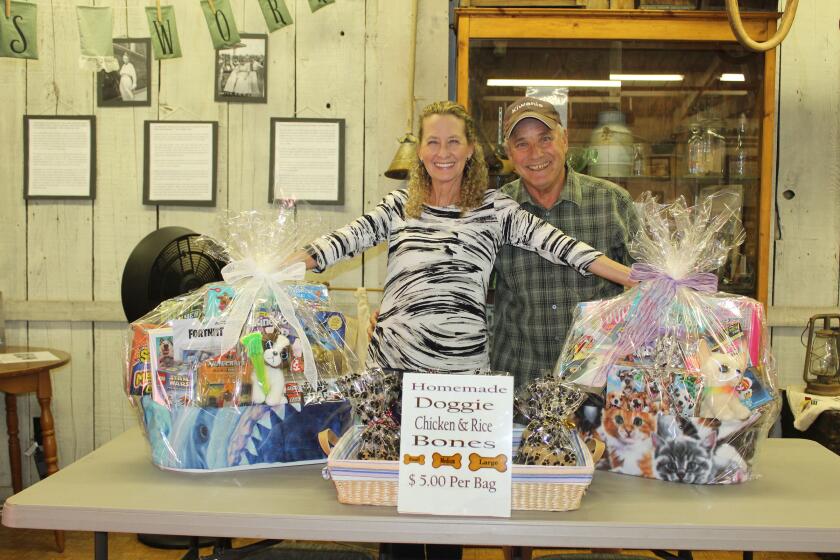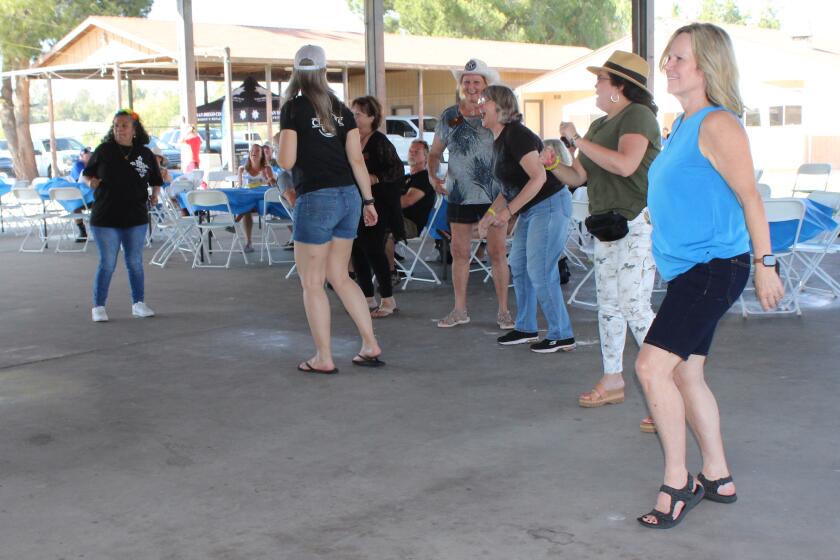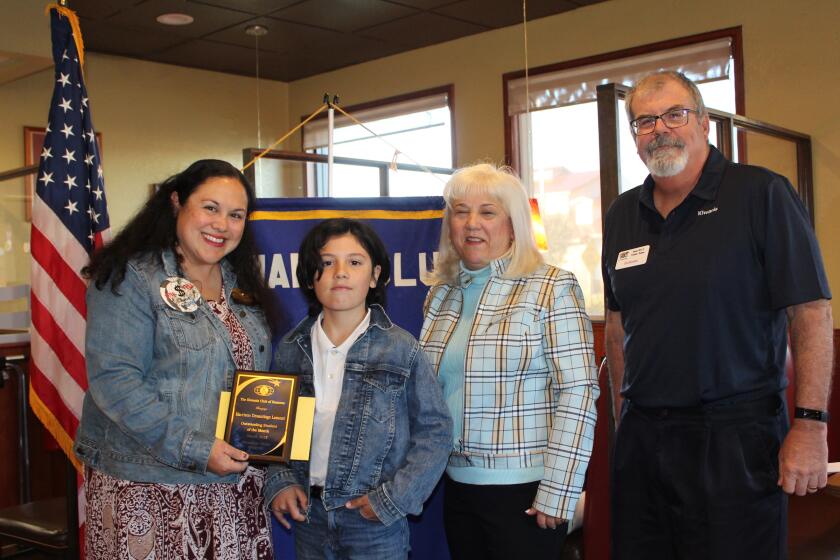County attempts to crack code on community event permits
By Jessica King
Wading through the proverbial red tape got a little easier this month for some Ramona residents who plan community events.
In all, 28 people representing local nonprofits attended a Jan. 22 meeting in the west wing of Ramona Town Hall. They attended to better understand the somewhat arduous process of applying for community event permits through the San Diego County Department of Environmental Health.
Moderator Heather Buonomo, an environmental health specialist with the county, said the nearly hour-long meeting was part of an ongoing outreach campaign by the county to help San Diego’s unincorporated areas host more community events.
“We’re here to help, we want to help,” she said. “The main point is we want to have more events, not less.”
Nonprofits represented at the meeting ranged from Ramona Chamber of Commerce and Ramona Parks & Recreation to Veterans of Foreign Wars Post 3783 and the Kiwanis Club of Ramona.
Julia Jacinto of Ramona Food & Clothes Closet was the only attendee who has not previously planned a community event. Jacinto said she was there gathering information to take back to her group, which is in the process of deciding how to best celebrate its 30th anniversary later this year.
“I think it’s very helpful because I think it’s good we are protecting ourselves,” said Jacinto.
Community event permits protect nonprofits because they are granted after a group proves it has addressed such needs as security, insurance and food safety, according to Buonomo.
The county’s community event permit involves a 22-page application and is submitted to a community event permit coordinator, who in turns makes sure the event satisfies the needs of 10 different county agencies. Those agencies are: Food & Housing, Zoning, Building, Sheriff’s Licensing, Risk Management, Traffic Control, Recycling, Noise Abatement, Parks & Recreation, and Animal Control.
For example, depending on the size of the event, planners may be required to set out recycling bins or, if a parade is involved, traffic control would have to be coordinated in advance, said Buonomo.
Because not every event includes facets from each of the 10 agencies involved in the permit process, Buonomo said the county was working to possibly shorten the application – an idea welcomed by meeting attendees.
“We hear you loud and clear, and we’re trying to change,” said Buonomo.
All events sponsored by a bona fide nonprofit or government organization that are to be held in unincorporated areas and will be open to the public are required to have a community event permit or risk being shut down. The permit is free as long as the organizers have not exhausted the six free permits a year limit.
In her 10 years with the county, Buonomo said she has never seen an event shut down but some have been ordered to scale back when requirements are not meet.
To avoid a scale-down, she suggested organizers apply for their permit 30 to 60 days before the event. Do not wait until less than 30 days until the event, she cautioned.
“The message we want to get out is we’re here to help you … we want to be sure you have the event that you want, that is successful,” said Buonomo.
Hazel Thompson, a Tupperware consultant and Ramona Farmers Market vendor, said the permit process for a first-timer can be intimidating but it gets easier with time and the meeting was helpful to her.
However, one thing Buonomo said the county cannot give nonprofits permission for is to involve alcohol in their events. Nonprofits must deal with the California Department of Alcohol Beverage Control for that, she said.
To learn more about the community event permit, visit www.sdcdeh.org.




